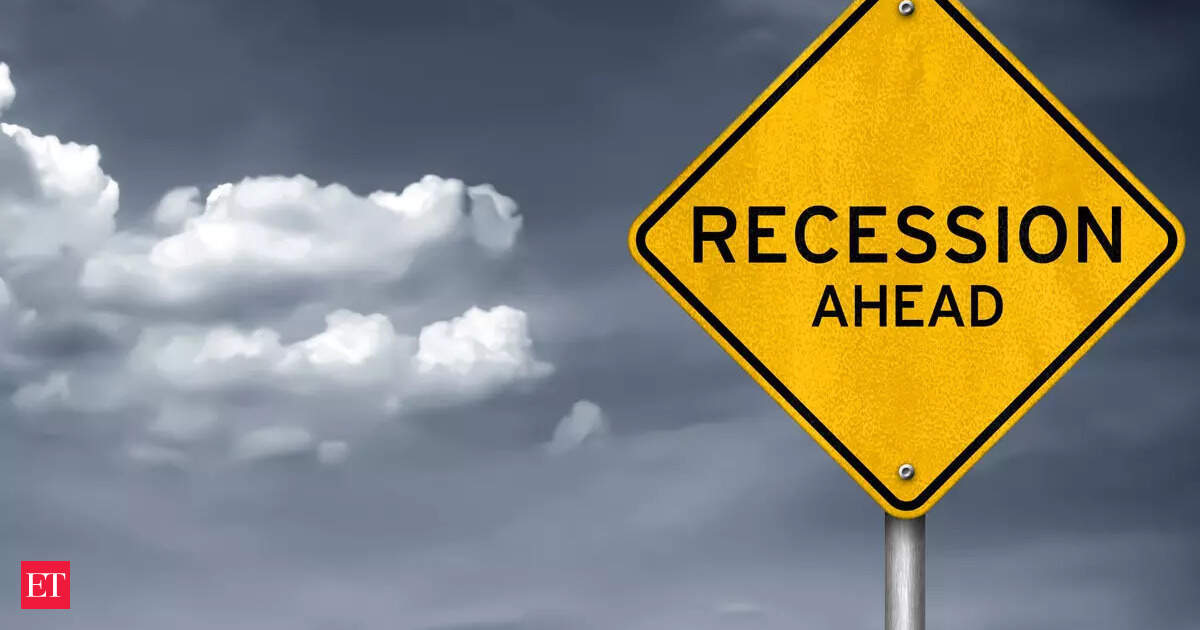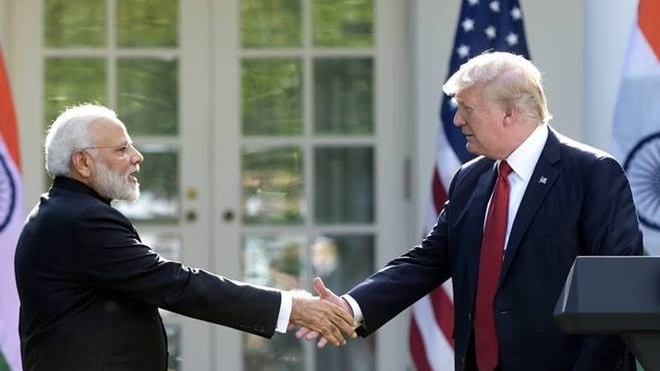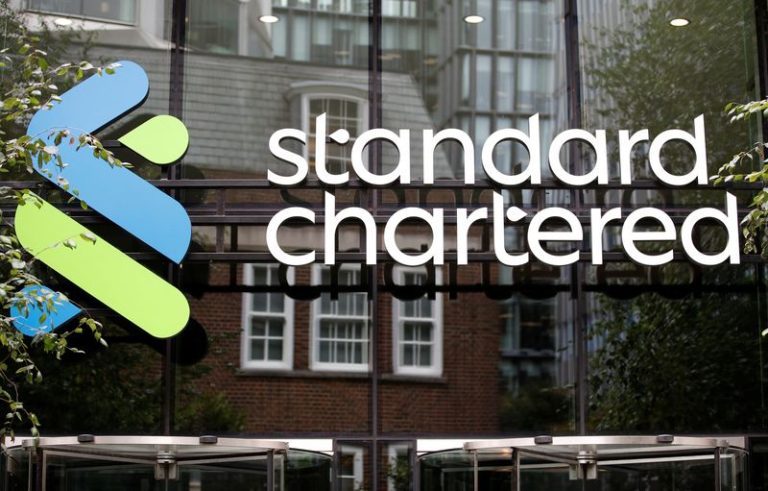Showing unusual unanimity, none of the more than 300 economists polled April 1-28 said tariffs had a positive impact on business sentiment, with 92% saying ‘negative’. Only 8% said ‘neutral’, mostly from India and other emerging economies.
Three-quarters of economists cut their 2025 global growth forecast, bringing the median to 2.7% from 3.0% in a January poll. The International Monetary Fund was a tad higher at 2.8%.
Individual economies surveyed showed a similar trend; median forecasts were cut for 28 of the 48 economies polled.
Among the others, for 10 economies the consensus view was unchanged and for 10, including Argentina and Spain, the view was slightly upgraded, based mainly on domestic developments. China and Russia were forecast to grow 4.5% and 1.7% respectively, outperforming the U.S. Those median estimates were unchanged from last quarter’s survey. However, growth forecasts for Mexico and Canada were downgraded from January by some of the largest margins, to 0.2% and 1.2%. Most of those revisions came in the last month.
The split for 2026 was nearly the same, suggesting the downtrend in growth expectations that started with Trump imposing tariffs is deep, and not easy to fix.
Asked about the risk of a global recession this year, 60% – 101 of 167 – said it was high or very high. Sixty-six said it was low, including four who said very low.
“It’s a very difficult environment to be optimistic about growth,” said Timothy Graf, head of macro strategy for Europe, Middle East and Africa at State Street.
“We could get rid of tariffs today and it will still have done quite a lot of damage, just strictly from the view of the U.S. as a reliable actor in bilateral and multilateral agreements ranging from trade to common defense.”
The progress that central banks have made over the past couple of years in taming the worst global inflation surge in decades by raising interest rates in quick succession is also expected to stall due to tariffs, which economists agree are inflationary.
“Cutting off your largest trading partner … is going to do all sorts of wild and not so wonderful things to prices, and that’s going to have all sorts of negative impacts on real incomes and ultimately demand,” State Street’s Graf added.
“It’s a situation where the possibility that we enter a stagflationary environment has always been quite low – but I think is now higher.”
Stagflation is usually defined as an extended period of no or low growth, high inflation and rising unemployment.
More than 65% – 19 of 29 major central banks polled – were not expected to meet their inflation targets this year. The number dropped slightly to 15 for next year.








